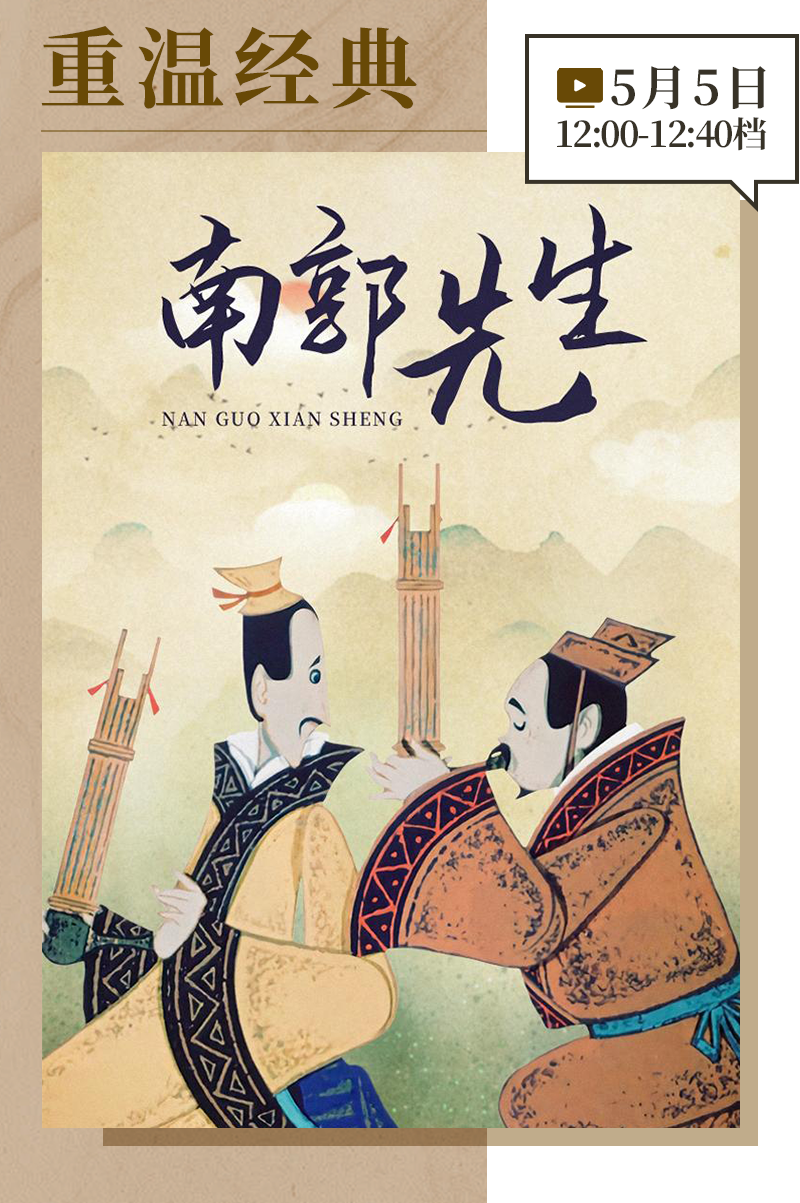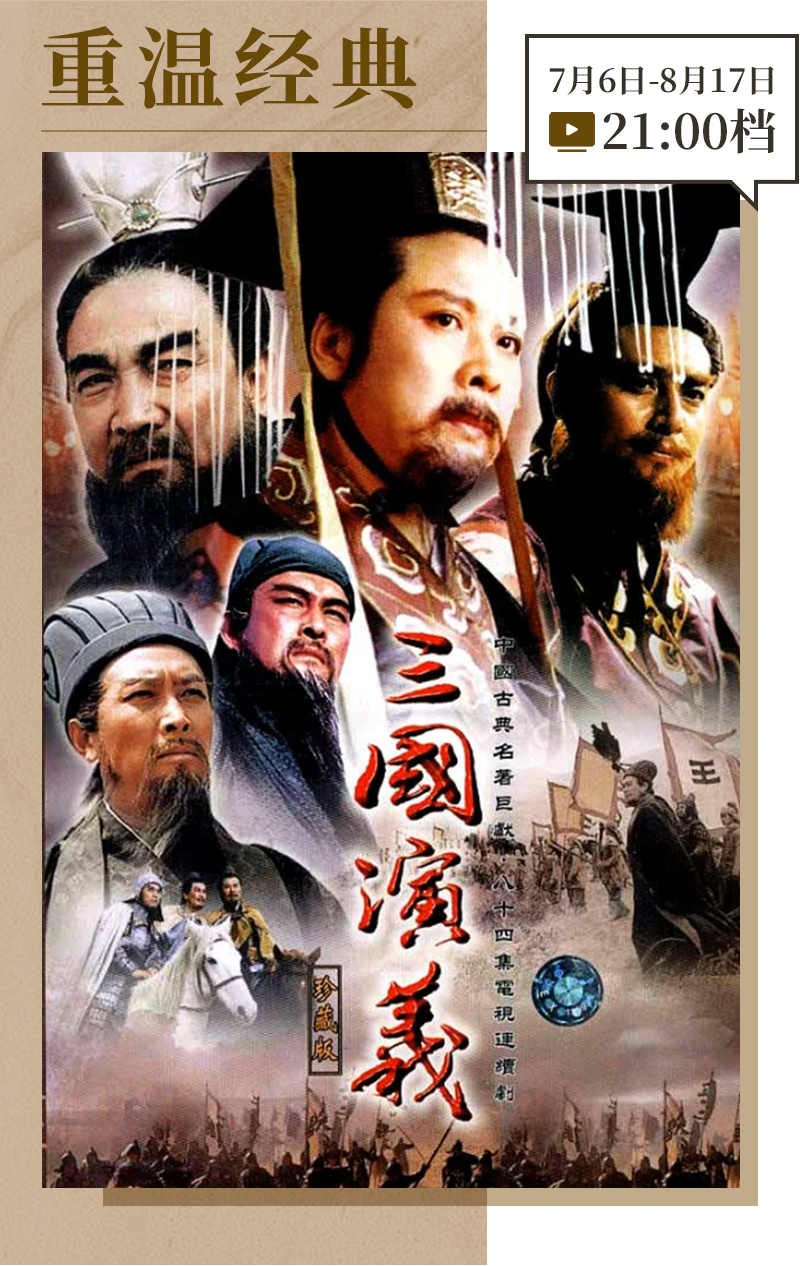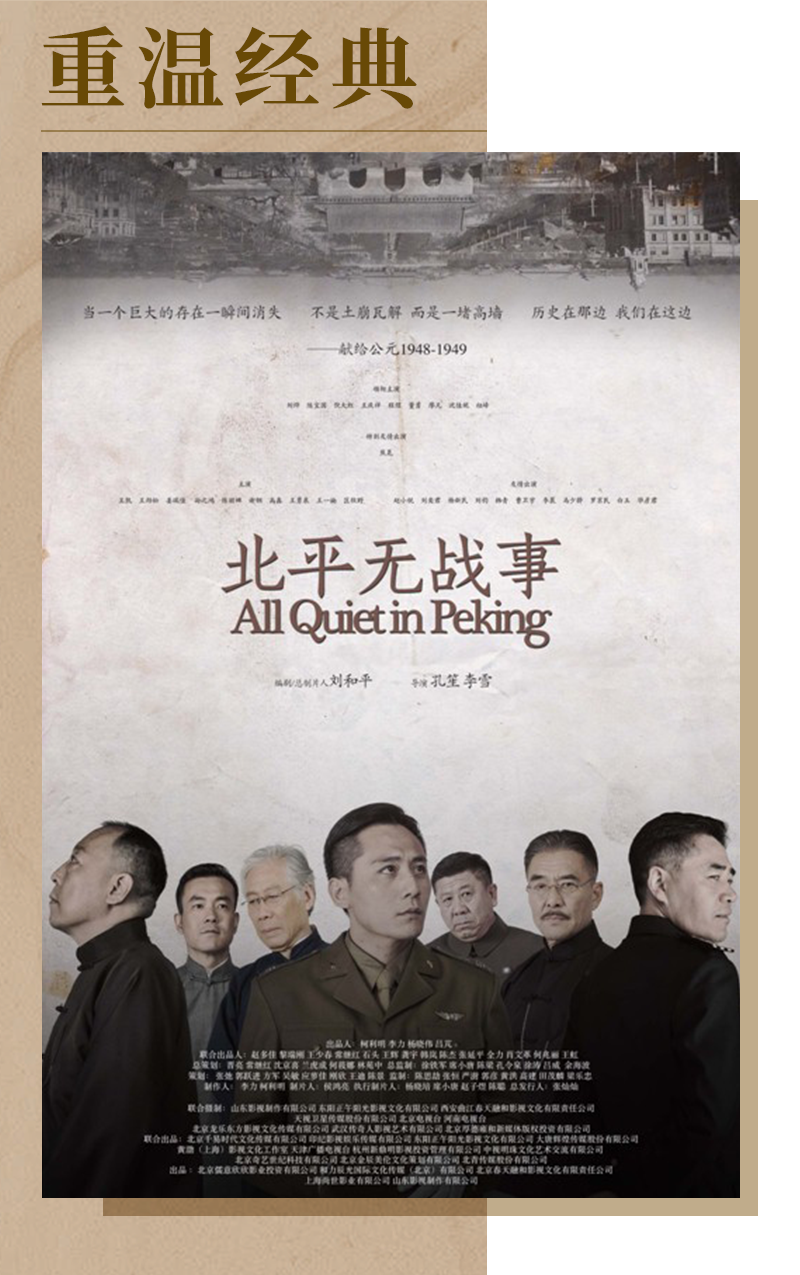
"Mr. Nan Guo" was written and directed by Qian Jiaqi and Wang Bairong. It is a paper-cut animation produced by Shanghai Animation Film Studio (hereinafter referred to as "Shanghai Animation Film Studio") in 1981. It was recently broadcast on the "Revisiting Classics" channel.
The China Television Art Committee specially invited Shanghai Animation Film Studio director, national first-class stage designer, and action designer of "Mr. Nan Guo" Shen Rudong to review the creative process of the film and talk about how the main creative team determined the direction of the art style and created a unique paper-cut animation short film through technological innovation and repeated practice.

Author: Shen Rudong (director of Shanghai Animation Film Studio, national first-class stage designer. Representative works include "Mr. Nan Guo", "Calabash Brothers", "The Lotus Lantern", "The Twelve Chinese Zodiac Signs", "Snow White and the Frog Prince", "Devil Chip", etc.)
Planning: Su Da (Artistic Director of Shanghai Animation Film Studio)

"Mr. Nan Guo" action designer Shen Rudong
"Mr. Nan Guo" is adapted from the fable "Playing the Yu to Fill the Numbers" in Han Feizi's "Nei Chu Shuo Shang" from the late Warring States Period. This allusion has a clear theme and profound meaning. The story warns future generations: First, you must have real talent and knowledge and not just mess around; second, you must know people and assign them to the right positions so that your true ability can be demonstrated. Therefore, this subject was included in the creation list of Shanghai Animation Film Studio that year.
In the 1980s, Shanghai Animation Film Studio was in the midst of a boom in the creation of artistic short films. The creative staff of the three major film genres (animated films, puppet films, and paper-cut films) were full of enthusiasm for creation. All crews competed with each other to learn from each other and help each other to surpass each other. A large number of artistic short films with excellent ideology, artistry, and various styles and types emerged, and they frequently won awards both at home and abroad. The crew of "Mr. Nan Guo" was one of the creative groups established during this period.

"Mr. Nan Guo" screenplay (original name: Filling the numbers with liar)
Under the creative atmosphere at that time, the composition of the creative team was voluntary, with a combination of old, middle-aged and young people. The director was in charge, the factory department reviewed it, and the factory's creative office announced the list of main creative personnel and announced the establishment of the filming crew.
In the 1980s, the Paper-Cutting Production Department of Shanghai Animation Film Studio had a total of more than 50 employees, and three to four relatively regular creative teams were established. The crew of "Mr. Nan Guo" was one of the vibrant and creative forces. Under the leadership of directors Qian Jiaqi and Wang Bairong, the main creative staff adhered to the creative tradition of Shanghai Animation Film Studio of "not imitating others, not repeating themselves", and had a strong passion for creation, innovative ideas, and awareness of quality, and was determined to create a paper-cut animation masterpiece with a brand-new artistic style.

"Mr. Nan Guo" screenplay (original name: Filling the numbers with liar)
Based on the film's story content and the time period in which it takes place, the creative team conducted in-depth discussions and research and determined the direction of the artistic style, which was to look for creative inspiration from photographs of Han Dynasty pictorial bricks. To this end, the main creative team went to Shaanxi and Sichuan to collect folk songs, inspect the Terracotta Warriors and Horses of Qin Shihuang and the Central Plains Museum, and finally decided to use the Han Dynasty portrait bricks and stone carving rubbings as the basic elements of creation, and designed character modeling and background scenes with strong northern ethnic characteristics, simplicity, solemnity, elegance and richness.

Sketch material manuscripts drawn by field trip
The traditional paper-cut animation works of Shanghai Animation Film Studio are mainly based on cutting and engraving. In order to present the heavy and ancient simplicity of the portrait brick rubbings on the screen while retaining the obvious characteristics of paper-cut animation, the creative crew broke through the traditional craftsmanship, cleverly applied the printing and dyeing technology of the cloth dyeing and printing factory to the paper-cut animation drawing process, made their own molds, and conducted repeated experiments on banknote paper, and finally saw the ideal artistic effect on the screen.

Drawn experimental figures (color figures with the effect of portrait brick rubbings)
In the aspects of joint processing and character movement design of paper-cut figures, the clothing characteristics of Han Dynasty characters, that is, the skirts are as long as the instep, bring difficulties to the character performance. The motion designers repeatedly experimented with the optimal movement effects of the joints, and worked with the drawing staff to research and design special skirt joints to make the character's walking movements and personalized performances lifelike.

Mr. Nan Guo (finalized paper puppet character)
The background scenes adopt the traditional double-layer painting technique. The front layer is a combination of cutting and hand-painting, and the back layer is sprayed with five layers of mounting (five layers of white newspapers mounted together to give it a special paper with a certain thickness and hardness) to form a sky piece (sky background), which is then synthesized with the characters, adding a lot of charm to the film's portrait brick rubbings.
In music creation, the composer used the most representative percussion instrument of the Qin and Han Dynasties - the chime bells. The deep bell sounds are in harmony with the sounds of the 竽 and are organically combined with the characters on the screen, perfectly reproducing on the screen a Han Dynasty scroll that is both subtle and vivid, with both ancient artistic atmosphere and modern artistic techniques, creating a new style for Chinese animation.

Stills from the film "Mr. Nan Guo"
Due to its new artistic style, magnificent scenes, concise and clear story content, and delicate and vivid character performances, "Mr. Nan Guo" won the 1981 Excellent Art Film Award from the Ministry of Culture of China.

